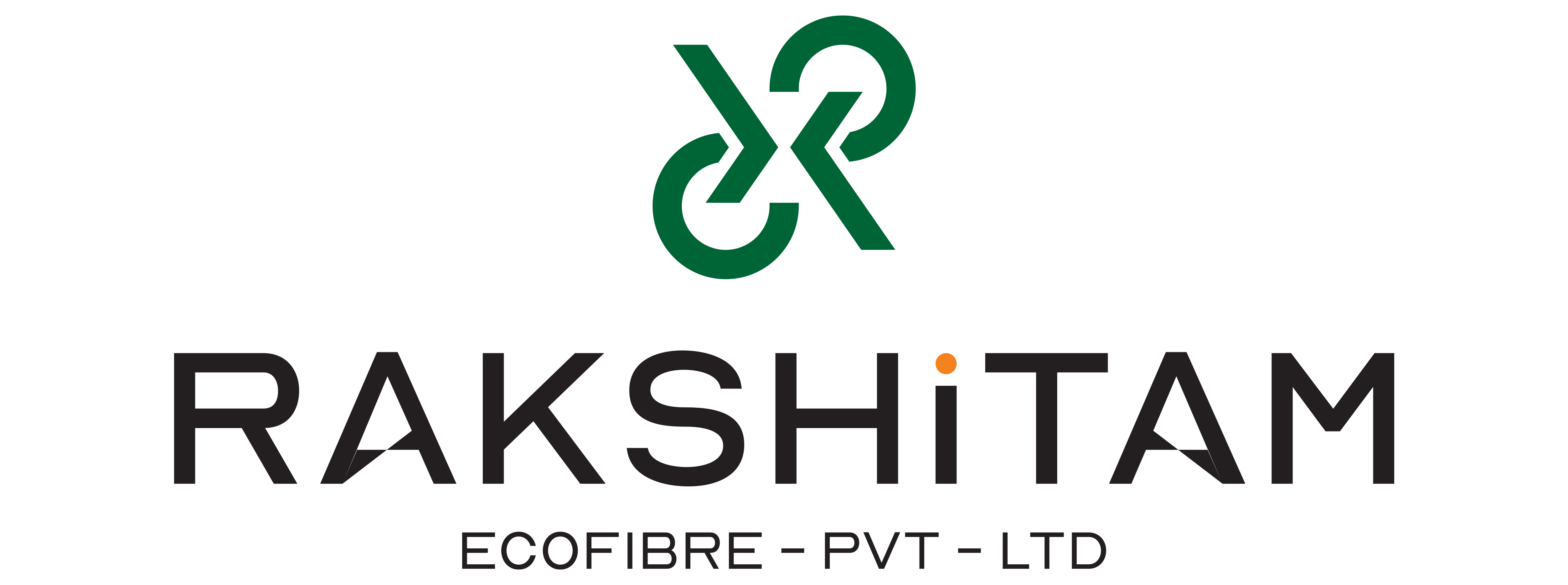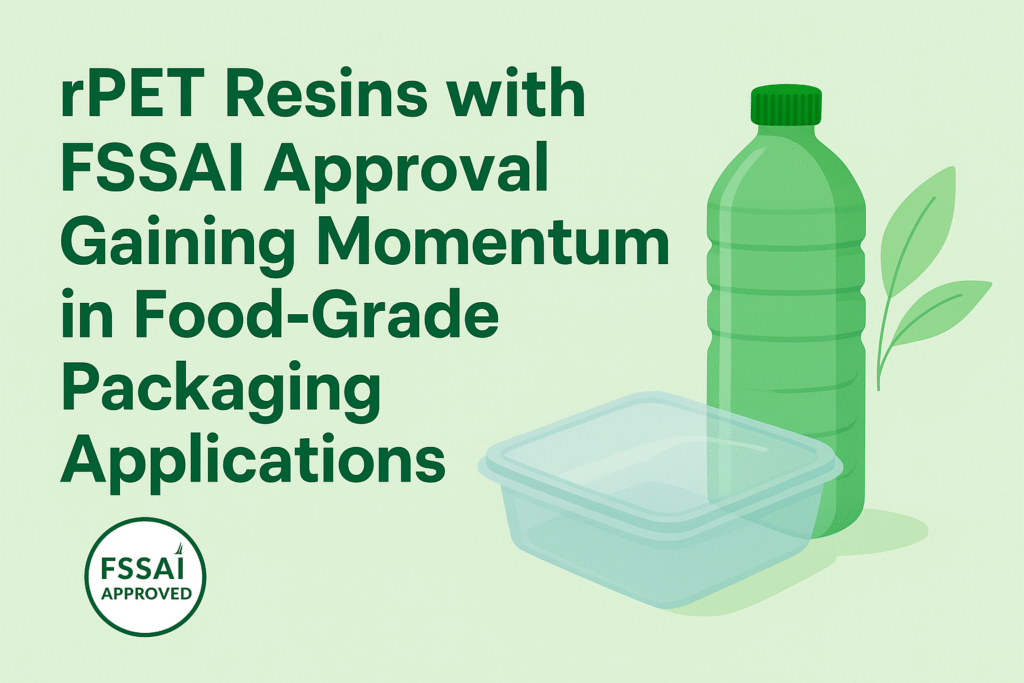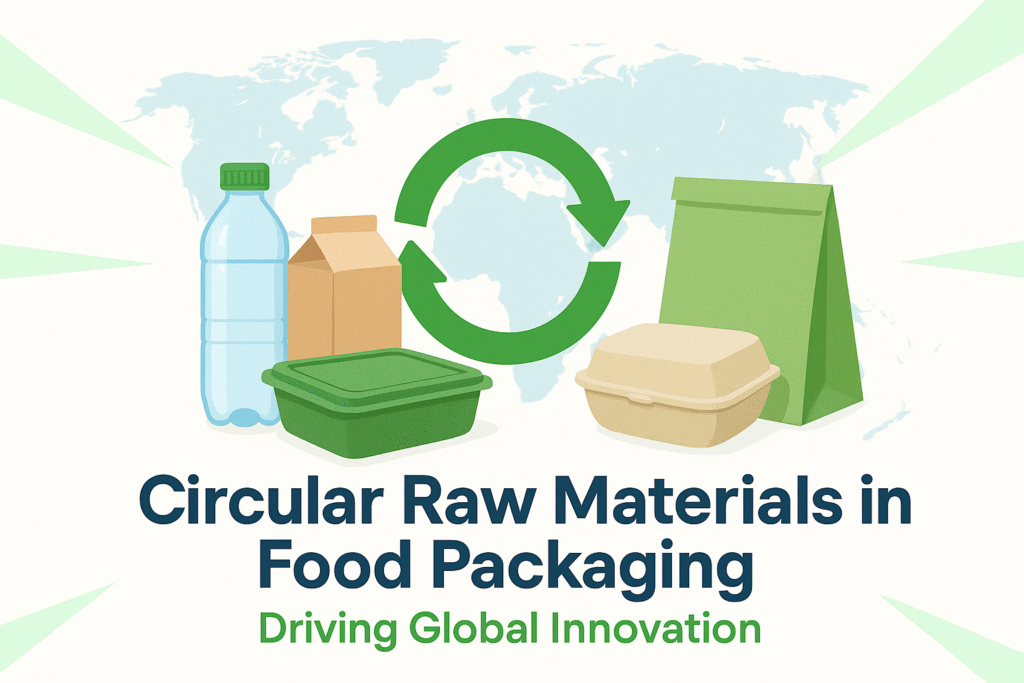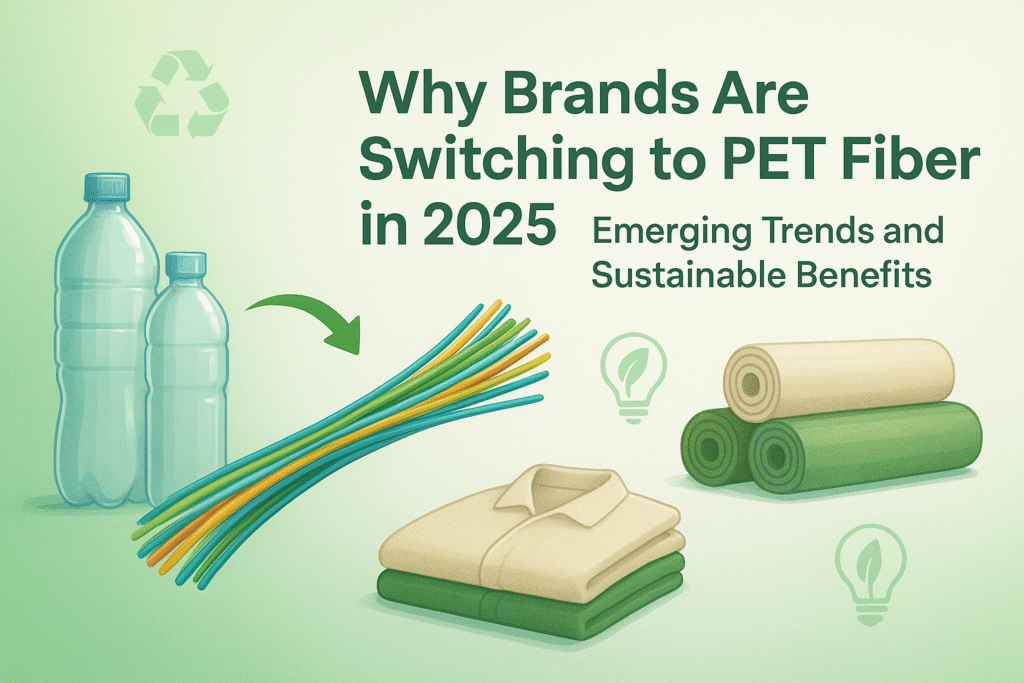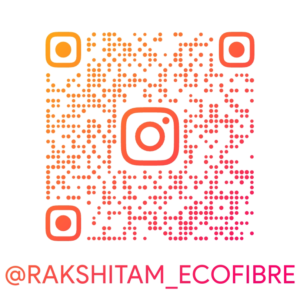In the modern age, sustainability is no longer a fad—it is an imperative. The textile and manufacturing sectors are leading this change. Amongst the numerous environmentally friendly solutions, Recycled Polyester Staple Fibre (RPSF) is the game-changer. Produced from post-consumer PET bottles and plastic waste, RPSF provides an affordable, sustainable, and versatile substitute for virgin polyester. This blog delves into the advantages of RPSF and how it is paving the way for the future of industries around the world.
What is Recycled Polyester Staple Fibre (RPSF)?
Recycled Polyester Staple Fibre (RPSF) is an artificial fibre that is produced by recycling PET bottles and waste plastic. It is washed, shredded, melted, and spun into staple fibres that can be used in automotive parts, textiles, nonwovens, upholstery, and packaging. RPSF reduces environmental pollution as well as conserves natural resources by recycling the waste.
Main Advantages of Utilizing RPSF
1. Eco-Friendly and Sustainable
RPSF directly addresses plastic waste reduction. One ton of RPSF Stops prevents thousands of plastic bottles from ending up in landfills and oceans, combating global plastic pollution.
2. Economical Substitute
RPSF provides the same strength and durability as virgin polyester at a reduced price. Manufacturers enjoy high-quality fibre without overpaying for raw materials.
3. Diverse Uses
RPSF is applied in industries like:
- Textiles: Yarn, clothing, and home textiles
- Automotive: Seat covers, insulation, and cushioning
- Nonwoven Fabrics: Geotextiles, filters, and medical textiles
- Packaging: Reinforcement in eco-friendly packaging solutions
4. Energy and Resource Saving
Manufacturing RPSF takes less energy and fewer natural resources than manufacturing virgin polyester. This makes it a cost-effective option for companies seeking to reduce their carbon footprint.
5. Enhanced Brand Value
As consumers become increasingly environmentally conscious, brands employing RPSF earn trust and loyalty. Environmentally friendly processes not only build a firm’s image but also adhere to global sustainability standards.
The Future of RPSF
1. Increasing Demand in Textiles
As fashion transforms towards sustainability, demand for recycled fibres is expected to grow. RPSF is becoming the go-to option for international textile brands searching for sustainable fabrics.
2. Innovation in Food-Grade Applications
Technological advancements in recycling technology are enabling RPSF to be utilized in food-grade packaging. This creates opportunities within safe, sustainable packaging.
3. Government Policies and Support
Several governments across the globe are encouraging the utilization of recycled products through subsidies, tax incentives, and legislation. Such support will increasingly increase the growth of RPSF.
4. Growth in Circular Economy
RPSF is a cornerstone of the circular economy. By continuously recycling plastic waste into new fibres, industries can minimize wastage and maximize resource efficiency.
5. Technological Advancements
Future technology will enhance RPSF even stronger, finer, and more application-specific, opening the way to high-end applications in fashion, medicine, and industrial textiles.
Also Read: The Science Behind Food-Grade rPET: From Collection to Safe Packaging
Conclusion
The advantages of Recycled Polyester Staple Fibre (RPSF) are inescapable. It saves resources, reduces waste, conserves costs, and promotes sustainability objectives. As businesses and consumers move towards green and eco-friendly alternatives, RPSF will remain instrumental in defining the future of textiles, packaging, and manufacturing. RPSF selection is not just a business decision—It is a summons to a greener, cleaner Earth.
